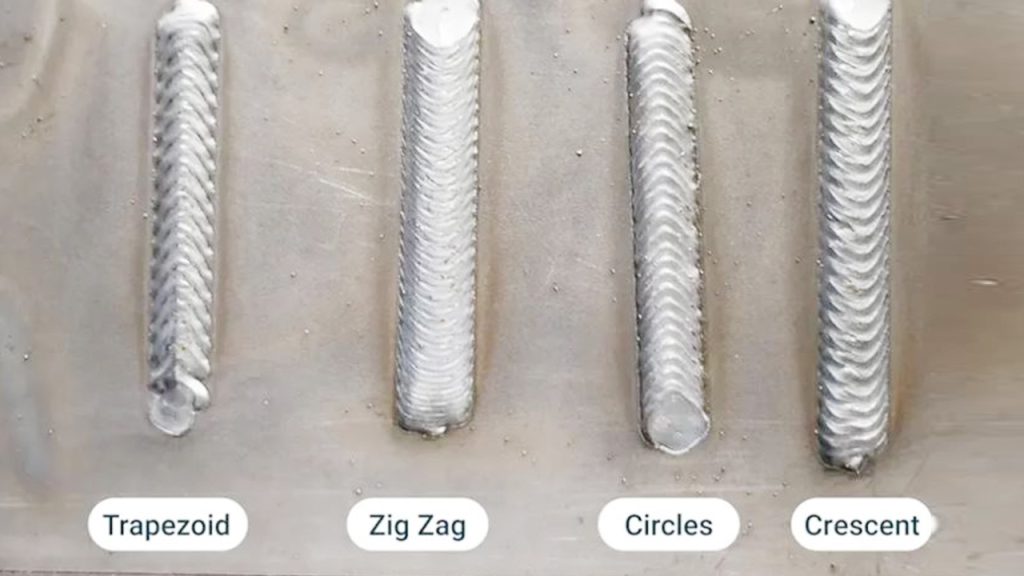Joining copper pipes without soldering is easier than you might think. Whether you’re working on a plumbing repair, remodeling a bathroom, or installing a new water line, you don’t always need a torch and solder to get the job done.

Image by thisoldhouse
I’ve been there—struggling with tight spaces, worried about overheating pipes, or just looking for a simpler, faster way. Fortunately, there are several reliable methods to join copper pipes without soldering, and I’ll walk you through each one.
If you’re a homeowner, DIYer, or even a professional plumber looking for alternative solutions, this guide will help you find the best no-solder connection method for your project.
Why Avoid Soldering Copper Pipes?
Soldering has been the traditional way to connect copper pipes for decades, but it’s not always the most practical option. Here’s why many people look for alternatives:
- No open flames – Soldering requires a torch, which can be dangerous near wood, insulation, or gas lines.
- Easier for beginners – No need for flux, solder, or special skills.
- Works in tight spaces – Some areas are too cramped to safely use a torch.
- Faster installation – No waiting for pipes to cool or flux to set.
- Great for emergency repairs – No need to drain the entire system before fixing a leak.
If any of these reasons sound familiar, you’re in the right place. Let’s look at the best ways to join copper pipes without soldering.
Push-to-Connect Fittings (SharkBite and Similar)
One of the easiest and most popular methods is push-to-connect fittings, like SharkBite. These fittings use a rubber O-ring and stainless steel teeth to create a strong, watertight seal without tools.
How It Works:
- Cut the pipe – Use a pipe cutter to make a clean, square cut.
- Deburr and clean – Smooth the edges with sandpaper or a deburring tool.
- Push the fitting on – Simply push the pipe into the fitting until it locks in place.
Pros:
- Extremely easy to install—just push and go.
- No tools or glue required.
- Reusable—you can remove and reattach them using a disconnect clip.
- Works with copper, PEX, and CPVC pipes.
Cons:
- More expensive than soldered fittings.
- O-rings can wear out over time, especially in hot water systems.
- Not always allowed in certain plumbing codes—check your local regulations.
Push-to-connect fittings are perfect for quick repairs or situations where you can’t use a torch.
Compression Fittings
Compression fittings are another reliable, no-solder method for joining copper pipes. They use a brass or plastic ring (ferrule) that gets compressed when you tighten the fitting, creating a secure seal.
How It Works:
- Slide the compression nut onto the pipe.
- Add the ferrule (compression ring) behind the nut.
- Insert the pipe into the fitting and tighten the nut with wrenches.
Pros:
- Strong and long-lasting connection.
- Works for both water and gas lines.
- Easy to install with basic tools (wrenches).
Cons:
- Can loosen over time, especially if pipes vibrate or shift.
- Not reusable—once compressed, the ferrule stays on the pipe.
- Requires precise tightening—too loose and it leaks, too tight and it damages the pipe.
Compression fittings are best for permanent installations, like under sinks or water heater connections.
Threaded Adapters (Using Unions or Couplings)
If your pipes have threaded ends or you can install threaded adapters, you can join copper pipes with screw-on fittings.
How It Works:
- Attach a threaded adapter to the copper pipe using thread sealant or Teflon tape.
- Screw the pipes together using a coupling or union.
Pros:
- Very strong and durable.
- Can be disassembled and reassembled if needed.
- No special tools required—just wrenches.
Cons:
- Requires threading the pipe or using pre-threaded adapters.
- Can leak if not properly sealed.
- More complex than push-to-connect or compression fittings.
Threaded connections are great for permanent water and gas lines, especially in high-pressure applications.
Epoxy and Pipe Adhesives
For low-pressure applications, special pipe adhesives and epoxy can be used to bond copper pipes without soldering.
How It Works:
- Clean the pipe ends thoroughly with sandpaper or a wire brush.
- Apply the adhesive or epoxy to both pipe ends.
- Join the pipes together and hold them in place while the adhesive sets.
Pros:
- Simple and inexpensive.
- No tools or special fittings required.
- Works in tight spaces where fittings may not fit.
Cons:
- Not as strong as mechanical fittings.
- Limited to low-pressure applications.
- Takes time to cure before use.
Epoxy is useful for temporary repairs or low-pressure water lines, but it’s not recommended for critical plumbing connections.
Crimp or Press Fittings
Professional plumbers often use crimp or press fittings, which create a permanent joint using a special crimping tool. These fittings have a metal sleeve that gets compressed around the pipe, forming a leak-proof seal.
How It Works:
- Slide the crimp ring onto the pipe.
- Insert the pipe into the fitting.
- Use a crimping tool to compress the ring, securing the joint.
Pros:
- Very strong and durable connection.
- Faster than soldering—great for large plumbing projects.
- Works on wet pipes, unlike soldering.
Cons:
- Requires a special crimping tool.
- More expensive than soldering or push-to-connect fittings.
- Not easily removable—once crimped, the fitting is permanent.
Crimp fittings are great for professional installations where a long-lasting, reliable connection is needed.
Comparison of No-Solder Copper Pipe Joining Methods
| Method | Ease of Use | Strength | Cost | Best For |
|---|---|---|---|---|
| Push-to-Connect | Easiest | Moderate | High | Quick repairs, DIY projects |
| Compression | Moderate | Strong | Medium | Under-sink connections, shut-off valves |
| Threaded | Moderate | Very Strong | Medium | Gas lines, high-pressure applications |
| Epoxy/Adhesive | Easy | Weak | Low | Temporary repairs, low-pressure water lines |
| Crimp/Press | Moderate | Very Strong | High | Large plumbing installations |
Conclusion
If you need to join copper pipes without soldering, there are plenty of great options. The best method depends on your budget, skill level, and the type of connection you need.
- For quick and easy repairs – Push-to-connect fittings are the best choice.
- For strong, reliable connections – Compression or crimp fittings work great.
- For temporary or low-pressure fixes – Epoxy or pipe adhesives can be useful.
Whatever method you choose, just make sure to cut and clean your pipes properly before joining them. A smooth, clean surface ensures a tight, leak-proof connection.
FAQs
Can I use push-to-connect fittings for permanent plumbing?
Yes, push-to-connect fittings are rated for permanent use, but check your local plumbing codes before installing them in a long-term system.
Are compression fittings better than push-to-connect?
Compression fittings are stronger and more reliable over time, but push-to-connect fittings are easier and faster to install.
Will epoxy hold up for high-pressure water lines?
No, epoxy is best for low-pressure applications and temporary repairs.
Do I need special tools for crimp fittings?
Yes, crimp fittings require a crimping tool to compress the fitting securely.

Endow Russel the owner chief editor of giftendow.com . I am a mechanical engineer and assign to an local firm with much experience in welding and industrial equipment.

